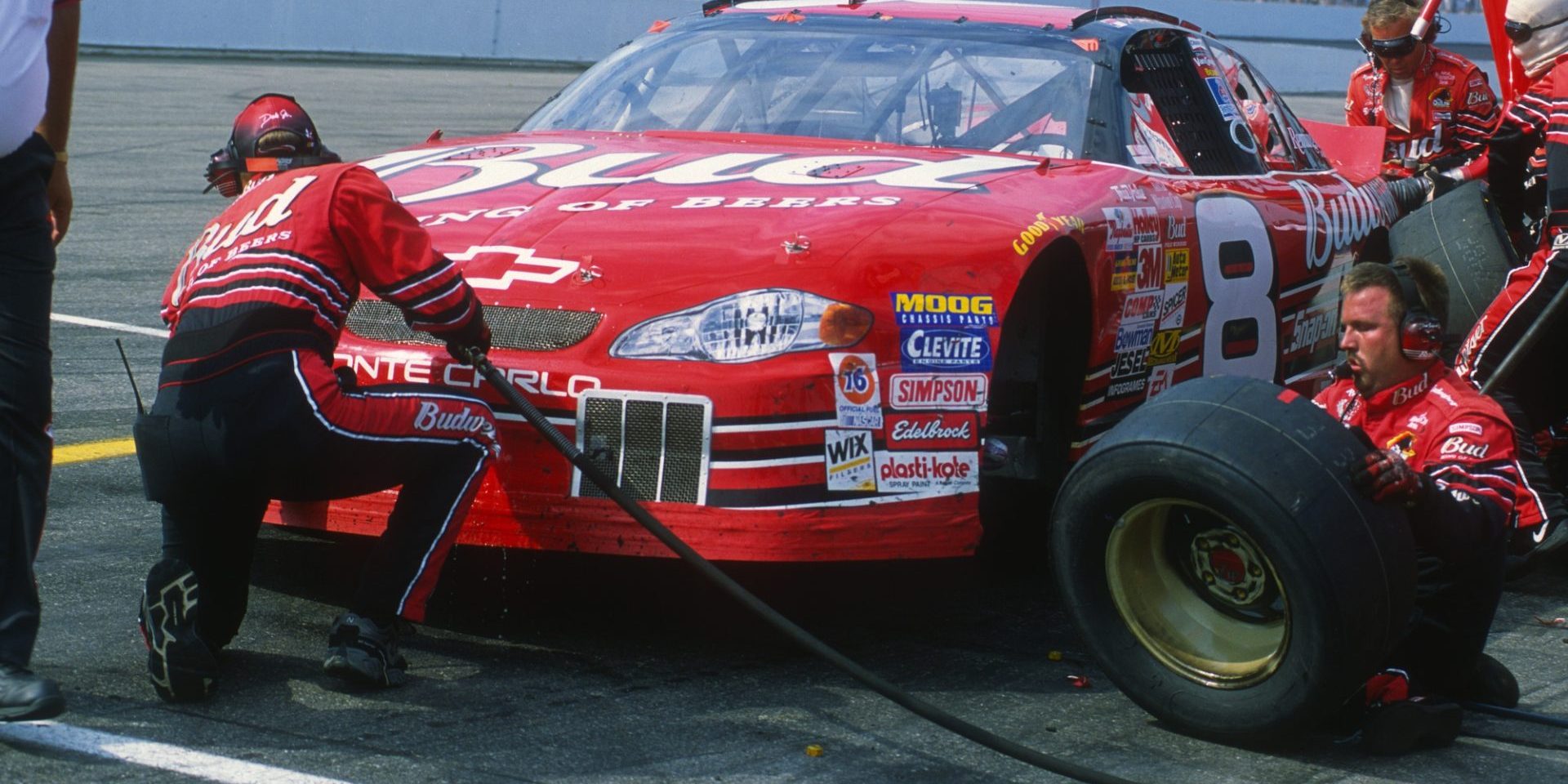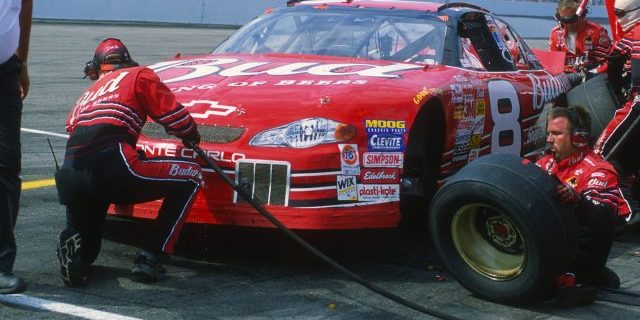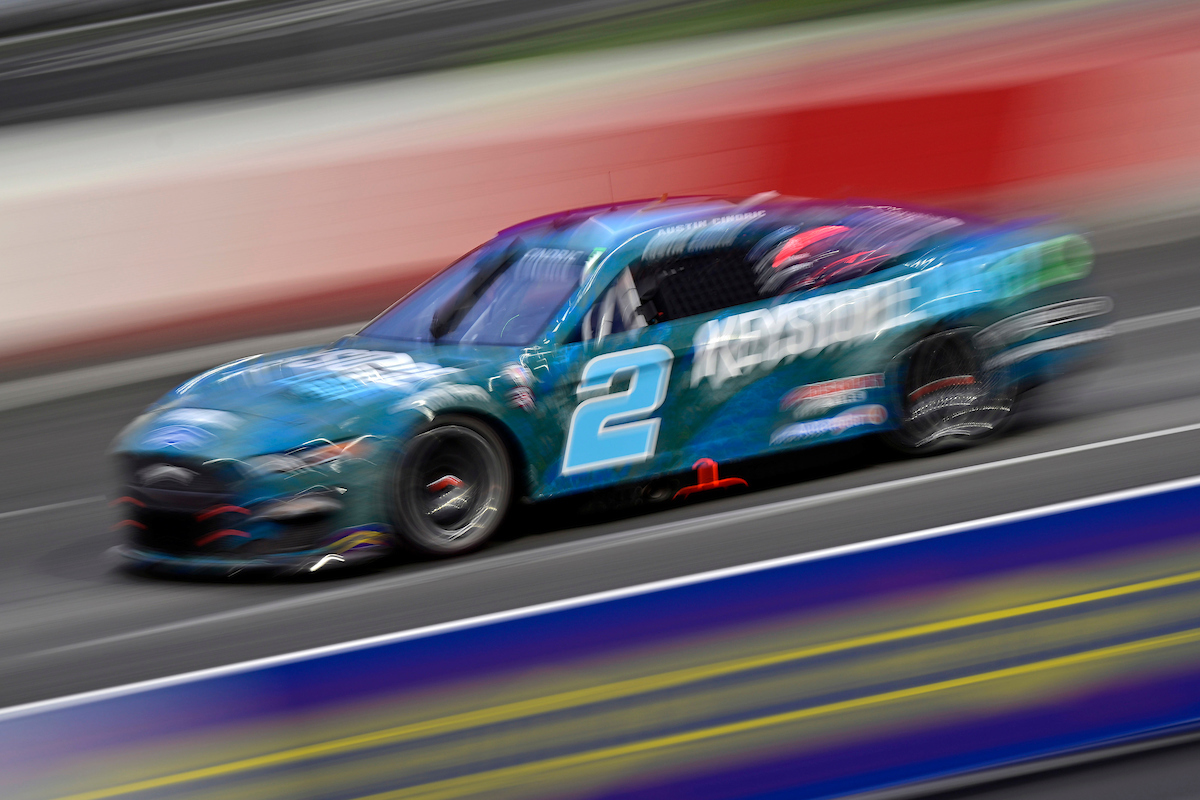Do NASCARs Have Keys? Unveiling Ignition Secrets


A common question among NASCAR fans is whether these high-performance vehicles start like typical road cars with the turn of a key. The answer is no, NASCAR vehicles do not have keys. The ignition process in a NASCAR car is quite different from that of a passenger car and involves a series of switches and buttons to start the engine.
The starting mechanism of these race cars is designed with safety and speed in mind. Unlike production cars that require a key for the ignition, the systems installed in NASCAR cars remove the need for traditional keys. This is largely due to the practicality and efficiency needed in the racing environment where every second counts, especially during pit stops or emergency situations. The simplified ignition process in NASCAR vehicles reflects the unique requirements of racing and the adaptations necessary to operate in the demanding context of motorsport.
Table of Contents
NASCAR Vehicle Technology
The engineering behind NASCAR race cars integrates sophisticated technology to handle the rigors of high-speed racing. These vehicles are built to maximize performance, from their chassis design to the engines that power them.
Chassis and Aerodynamics
The chassis of a NASCAR race car is a steel tube frame that provides structural support and safety. Each chassis is designed to meet strict regulations to ensure parity and safety across Chevrolet, Ford, and Toyota-bodied cars. Aerodynamics play an essential role in maintaining downforce—air pressure pushing the car down onto the track, which is critical for stability and speed. The body of the car, shaped by extensive wind tunnel testing, directs airflow to increase downforce and minimize drag.
Engines and Horsepower
NASCAR vehicles are equipped with powerful engines capable of producing upwards of 750 horsepower. These engines are pushrod V8s, supplied by the premier manufacturers of the sport—Chevrolet, Ford, and Toyota. Despite the high power output, engine modifications are regulated to ensure fair competition among teams and to align with the specifications set by the racing body.
Transmission and Drivetrain
NASCAR race cars feature a four-speed manual transmission, which is connected to the engine via a drivetrain system designed for rear-wheel drive. The transmission’s role is to efficiently convert and transfer the engine’s power to the wheels. It’s built to withstand the substantial stress and heat caused by high-speed racing and the necessity for rapid gear changes. The teams select gear ratios that are optimized for each racetrack’s unique characteristics.
Race Day Operations
NASCAR race day operations are a well-organized set of procedures that ensure the safety and efficiency of the event. These operations center around the preparation and performance of the race cars and the coordination of the team members.
Starting and Access
Before each NASCAR race, access to the race cars is strictly regulated to team members and authorized personnel to ensure safety and compliance with regulations. Unlike typical vehicles, NASCAR race cars do not have keys. The engines are started using specialized ignition systems, which allow for rapid and reliable starts necessary in high-pressure racing scenarios such as the Daytona 500.
Pit Stop Procedures
During the race, planned and coordinated pit stops are vital for strategy and maintenance. Each team follows precise procedures when performing pit stops to minimize time lost. These procedures include:
- Tire Changes: Technicians replace tires using pneumatically powered tools.
- Fueling: A dedicated crew member refuels the race car with a specially designed fuel can that allows for quick and safe refueling.
- Adjustments and Repairs: Vehicle adjustments to aerodynamics and minor repairs as needed are executed with precision.
In NASCAR, coordination and efficiency are key factors in pit stop operations, which can dramatically influence the race’s outcome.
Competition Structure
The competition structure in NASCAR Cup Series is rigorously designed to select the season’s champion through a system of points and playoffs, accounting for drivers’ performance across multiple races.
Championship and Playoffs
The NASCAR Cup Series culminates in a playoffs system that begins after the regular season, which consists of 26 races. Sixteen drivers qualify for the playoffs based on their accumulation of points and race wins. Notable drivers like Martin Truex Jr., Joey Logano, Brad Keselowski, William Byron, Kyle Busch, and Kevin Harvick often secure positions in this competitive field. The playoffs are divided into rounds, with each round consisting of a set number of races ending in an elimination race. After three rounds, only four drivers advance to the final race, the Championship 4, where the highest finisher among them is crowned the Cup Series champion.
Points System
The points system in NASCAR is both the driver’s scorecard and their ticket to the Championship. Drivers earn points in each race, with a race win playing a significant role in securing a playoff spot. During the regular season, points are awarded at the end of each race, with the winner receiving 40 points. The second-place finisher receives 35 points, and each subsequent place earns one point less than the position before it. Playoff points are also awarded which carry over into the playoffs—providing a small cushion to drivers as the elimination rounds progress. Additionally, the regular-season champion is given a bonus of 15 points going into the playoffs. These points can be crucial for drivers like Kyle Busch or Kevin Harvick when vying for the ultimate prize in the sport.
Teams and Drivers
The performance of NASCAR teams and drivers is a result of preparation, strategy, and collaboration. This section provides insight into the influential personalities in the sport and the collaborative efforts behind successful teams.
Notable NASCAR Personalities
- Martin Truex Jr. – An accomplished driver known for his time with Joe Gibbs Racing and his 2017 Cup Series Championship win.
- Joey Logano – The 2018 NASCAR Cup Series champion who drives for Team Penske, renowned for his aggressive driving style.
- Brad Keselowski – A key driver with his own team, Roush Fenway Keselowski Racing, after having won the championship in 2012.
- William Byron – A rising star driving for Hendrick Motorsports, showcasing remarkable talent at a young age.
- Kyle Busch – A driver known for his success with Joe Gibbs Racing and multiple championship titles.
- Kevin Harvick – Driving the No. 4 car, he is one of the most experienced and successful drivers in the field.
- Ryan Blaney – Competing for Team Penske, he is recognized for consistent performances and multiple series wins.
- Tyler Reddick – A driver for Richard Childress Racing known for his competitive edge and earning Rookie of the Year in 2020.
- Ricky Stenhouse Jr. – Driving for JTG Daugherty Racing, he is known for his two Cup series victories and aggressive driving style.
- Jimmie Johnson – A seven-time champion, has now retired but remains a highly revered figure within the sport.
- Chase Elliott – Part of the Hendrick Motorsports team, he was the 2020 Cup Series champion and is considered one of the top road course racers.
Team Dynamics and Strategy
- Hendrick Motorsports: This team represents a powerful force in NASCAR with dominant vehicles and an impressive roster of drivers such as William Byron and Chase Elliott.
- Richard Childress Racing: Known for their long-standing NASCAR presence, they currently support drivers like Tyler Reddick, upholding a legacy of competitive racing.
Effective team strategies often include precise pit-stop coordination, car adjustments based on evolving track conditions, and communication between the driver and the crew chief to make real-time decisions. The result is a collaborative effort that maximizes the performance of the car and driver during races.
Racing Venues and Events
NASCAR features a diverse range of racing venues and events, each with its unique characteristics and challenges. From iconic tracks that have hosted historic races to the variety of track types that test the skills of the drivers, the NASCAR calendar is rich with variety.
Iconic Tracks and Races
NASCAR boasts numerous historic and significant tracks, among which are Martinsville Speedway and Charlotte Motor Speedway. Martinsville is known for its short track and paperclip shape, delivering intense and close-quarters racing. The Daytona 500 at Daytona International Speedway stands out as the most prestigious race, often referred to as “The Great American Race.”
| Track | Notable Race |
|---|---|
| Charlotte Motor Speedway | Coca-Cola 600 |
| Darlington Raceway | Southern 500 |
| Bristol Motor Speedway | The Night Race |
| Talladega Superspeedway | The GEICO 500 |
Races like Atlanta Motor Speedway‘s events add to the NASCAR season with its intermediate track providing high speeds and unique challenges such as managing tire wear.
Track Types and Their Challenges
There are generally three main types of tracks in NASCAR: superspeedways, intermediate tracks, and short tracks. Each type presents its distinct set of challenges for teams and drivers.
- Superspeedways like Talladega are characterized by high speeds, and drafting, with the ever-present risk of the ‘big one’—multi-car crashes due to close pack racing.
- Intermediate tracks, often measuring between 1 to 2 miles, such as Kansas Speedway and Texas Motor Speedway, present challenges with finding the right balance of speed and handling, especially in the ‘dirty air’ behind other cars.
- Short tracks including Martinsville Speedway demand precision and car control in tight racing conditions.
Additionally, NASCAR has incorporated road courses like the Charlotte Motor Speedway Roval and events at Phoenix Raceway, each requiring drivers to excel in both left and right turns with frequent shifts.
| Track Type | Examples |
|---|---|
| Superspeedways | Talladega Superspeedway |
| Intermediate Tracks | Las Vegas Motor Speedway, Kansas Speedway |
| Short Tracks | Bristol Motor Speedway, Martinsville Speedway |
| Road Courses | Charlotte Motor Speedway Roval |
In recent years, NASCAR has also expanded to include a variety of unique events across these track types, further showcasing driver adaptability and team strategy.









